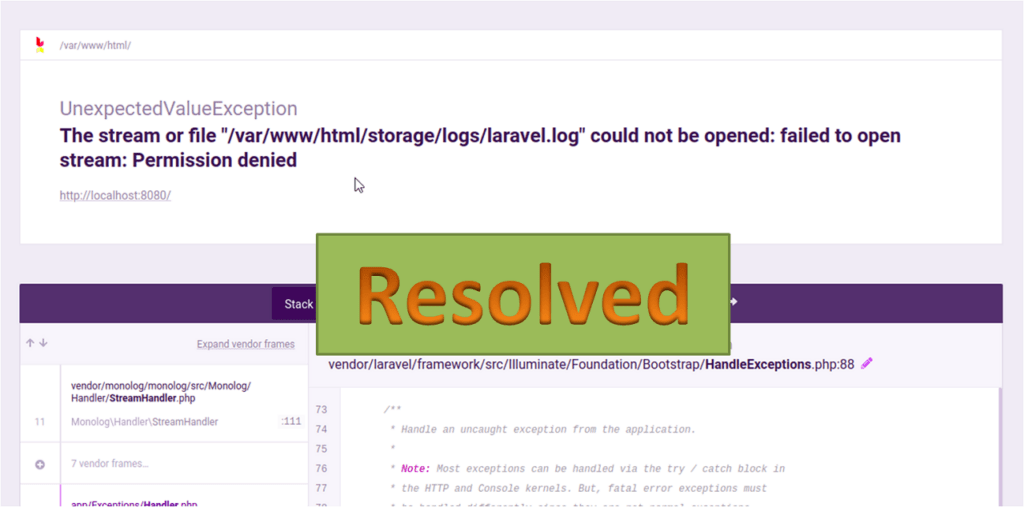To copy a file to multiple directories in Linux, you can use the `cp` command with the `xargs` command. Here all the destination directories will be piped as standard input to the `xargs` command. and specify a list of directories separated by space. For example: echo dir1 dir2 dir3 | xargs -n 1 cp -v file.txt This will copy the file file.txt to the directories dir1, dir2, and dir3. Alternatively, you can use the for loop to copy the file to multiple directories. For example: for dir in dir1 dir2 dir3; do cp file.txt $dir done This will loop through…
Author: Rahul
To configure the maximum amount of memory that Redis will use, you can use the `maxmemory` directive in the Redis configuration file (`redis.conf`). This directive takes an integer value, representing the maximum number of bytes that Redis will use to store data in memory. For example, to set the maximum memory to `1GB`, (or 1024*1024*1024 bytes) you can use the following configuration:
1 | maxmemory 1073741824 |
You can also specify a policy for how Redis should handle the situation when the maximum memory limit is reached. This is done using the `maxmemory-policy` directive, which can take one of the following values: noeviction: Redis…
An IP address is a unique identifier that computers use to communicate with each other on a network. It stands for Internet Protocol, and it’s a set of numbers that identify each device connected to a network. Without an IP address, your computer wouldn’t be able to access the internet. It’s essential for communication between computers and networks, as it helps to direct data to the right place. An IP address is like a street address for your computer — it’s how computers can find each other. Every computer on the internet has a unique IP address, Python: Get System…
As a web developer, you might need to create websites with user logins, comment sections, and other features that require users to keep their accounts active. As such, it’s important to implement a way of limiting the time that users can spend on your website. This is called setting session timeout in PHP. Without this restriction, users can stay logged in on your website indefinitely. This blog post will explain what session timeout in PHP is and why you would need it. Then we’ll provide step-by-step instructions for implementing session timeout in your own website projects. So keep reading to…
Error: One of my Laravel applications started showing the following error after I restarted the instance. The error message is: The stream or file “/var/www/html/storage/logs/laravel.log” could not be opened: failed to open stream: Permission denied Solution: This error message indicates that the PHP process that is trying to write to the log file does not have sufficient permissions to do so. There are a few things you can try to fix this issue: Check the ownership and permissions of the log file and its parent directories. The PHP process must have read and write permissions on the file and its…
Do you use Linux? If so, then you know that it is a powerful operating system with a lot of tools and options to help you manage your system. One of the most useful tools that Linux provides is the df command, which allows you to check your disk space. In this blog, we will take a look at how to use the df command to check your disk space in Linux. df Command – Check Disk Space in Linux The `df` command is a Linux utility that displays information about disk space usage on the system. When used without…
`XMLHttpRequest` and `fetch()` are two powerful functions in JavaScript that can be used to make Ajax calls. XMLHttpRequest (XHR) is a legacy technology that’s been around since the early days of the web. It allows you to make HTTP requests from the client side, and it’s still widely used today. The fetch() function, meanwhile, is a newer addition to JavaScript that’s slowly taking over as the preferred way to make Ajax calls. It uses Promises, so it’s easier to write and debug, and it also supports streaming and other modern features. Both XMLHttpRequest and fetch() are great tools for making…
VIM stands for Vi Improved, and it is one of the most popular text editors for Linux. It is based on the older vi text editor and has many improvements, making it even more powerful and user-friendly. VIM is a cross-platform text editor, meaning it can be used on different operating systems and distributions. It is a highly customizable text editor, allowing you to customize it to your liking. It also has a lot of features that regular text editors don’t have, such as syntax highlighting, auto-indentation, and tab completion. VIM is also known to be very fast and efficient,…
A random string is a sequence of characters that is generated randomly, rather than being determined by a set pattern or predetermined sequence. Random strings are often used as passwords, keys, or identifiers, and they can be generated using a variety of methods. Random strings can be generated using a computer program or a physical random number generator. The length and character set of a random string can be specified in the generation process. For example, a random string might be generated using only uppercase letters and digits, or it might include a combination of letters, digits, and special characters.…
To display the current date and time in a specific format in Bash, you can use the date command. The date command allows you to specify a format string that determines the format in which the date and time are displayed. For example, to display the current date and time in the format “YYYY-MM-DD HH:MM:SS”, you can use the following command: date +”%Y-%m-%d %H:%M:%S” Here are some common format specifiers you can use in the format string: %Y: Year with century as a decimal number (2022). %m: Month as a decimal number (01-12). %d: Day of the month as a…


